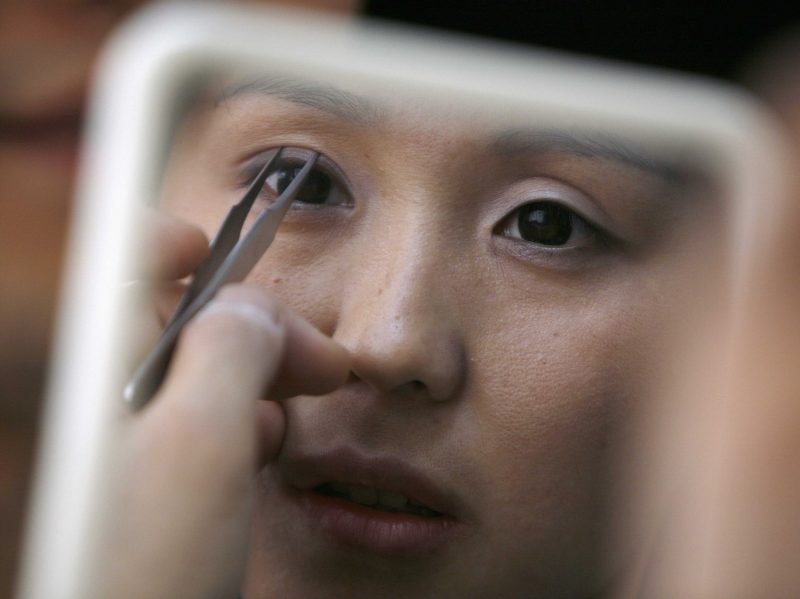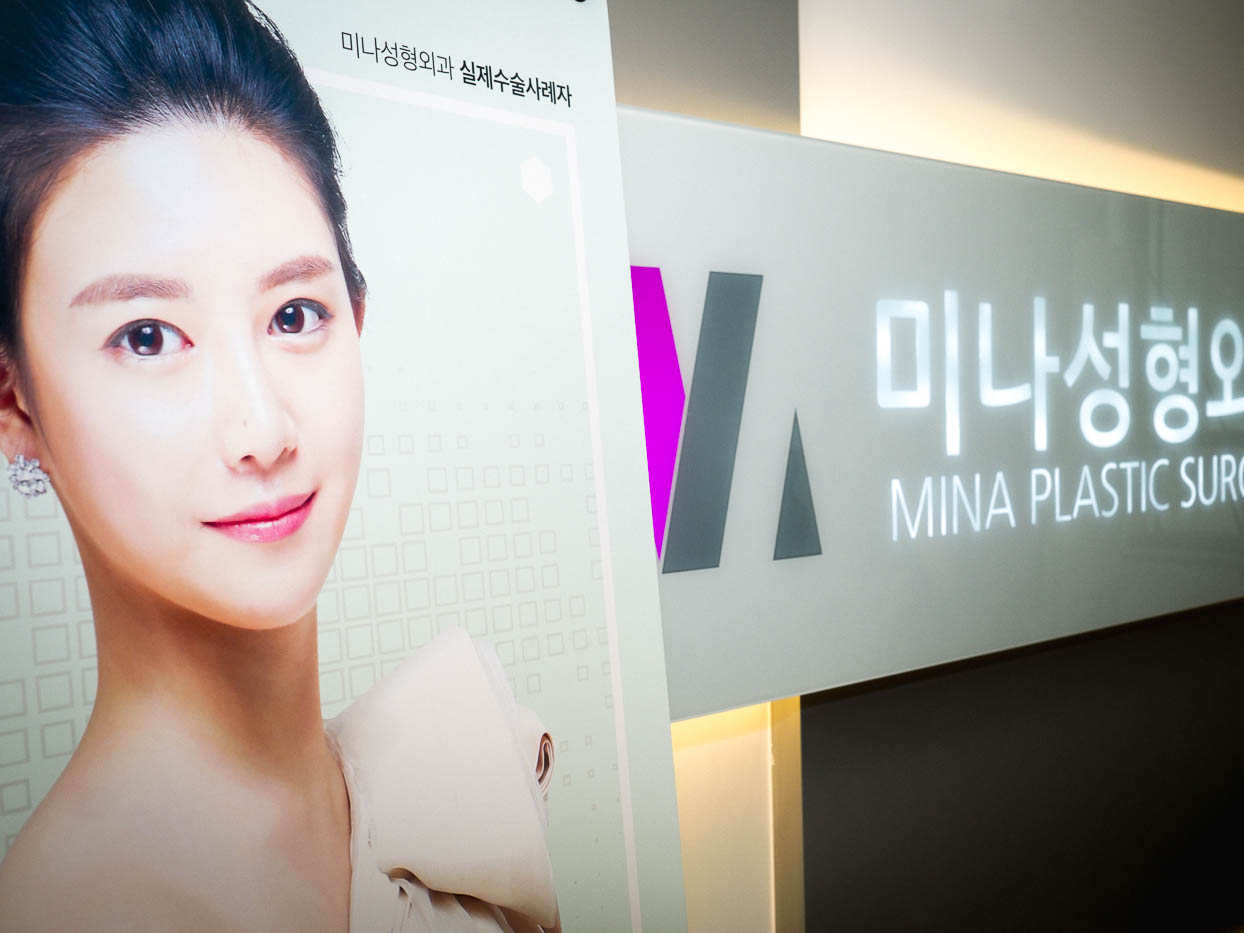- South Korea has the highest rate of plastic surgeries per capita in the world.
- The most popular surgeries are skin whitening, nose jobs, and double-eyelid surgery, which many critics have taken to mean that Koreans are trying to look more Caucasian or white.
- Alfred “Haeppy” Leung, a Seoul-based YouTuber, explained that the beauty ideals that Koreans are trying to achieve with plastic surgery are based on long-standing Korean beauty standards and have little to do with Western beauty standards.
SEOUL -With the highest rate of cosmetic surgeries in the world and nearly 1 million procedures a year, South Korea is often called the world’s plastic surgery capital.
Some estimates have suggested that around one in three South Korean women between 19 and 29 have had plastic surgery. Others have put that number at 50% or higher.
By far the most common surgery that Koreans do, according to Dr. Choi Min of Answer Plastic Surgery in Gangnam, is a blepharoplasty, or double-eyelid surgery, where they insert a crease in the eyelid to make the eye look bigger. The two other popular procedure are rhinoplasties, or nose jobs, and glutathione injections, which slows pigmentation in the skin, thus giving a fairer skin tone.
Many Western critics, plastic surgeons included, have taken the prevalence of these procedures to mean that Koreans desire to look more Caucasian or white. Only about 50% of East Asians have “double eyelids,” while it is widespread among Caucasians.
But Alfred "Haeppy" Leung, a Seoul-based YouTuber with WeFancy, a channel that examines Korean culture, believes that this is a major misconception about plastic surgery in South Korea.
"The misconception that, 'Koreans just want to look white,' is a symptom of western arrogance and Eurocentrism and has no basis in reality," Leung told Business Insider. "Pale skin has always been a standard of beauty not only in East Asia but all of Asia, based on the implication that the lighter the skin the less one was in the sun working outdoors."
Further, the type of nose bridge that Koreans tend to ask for in a rhinoplasty is markedly different from the the ideal Caucasian nose bridge. And the crease above the eyelid has always been sought after in Asian cultures both because it is rare and because it creates visually larger eyes, according to Leung.
The misconception is one battled frequently by plastic surgeons in Asia, as Li Binbin, a Beijing-based plastic surgeon, explained to the South China Morning Post last year.

"In the East, we have our own beauty standards. The majority of Chinese don't have very big eyes. That's why people all want [the double-eyelid surgery]," Li said.
Even Dr. Robert Flowers, who has received some credit for popularizing the surgery in the US, disputes the notion that blepharoplasties are about making Asians look more white.
"The general idea then - and I keep hearing it even today - was that Asians who have facial and eyelid surgery want to 'Westernize,' Flowers told New York Magazine in 2014. "And that's even what Asian plastic surgeons thought they were doing then as well. But that's not what Asians want. They want to be beautiful Asians."
Common procedures beyond eyelid surgery, nose jobs, and skin whitening are also aimed at achieving specifically Korean beauty standards, not Western, according to Leung.
"For example, Koreans like slimmer jawlines while Westerners like stronger jawlines. Westerners like higher protruding cheekbones while Koreans tend to like flatter cheekbones. Koreans tend not to like very thick and full lips, while lip fillers are considered a standard procedure in western cosmetic surgery," Leung said.

